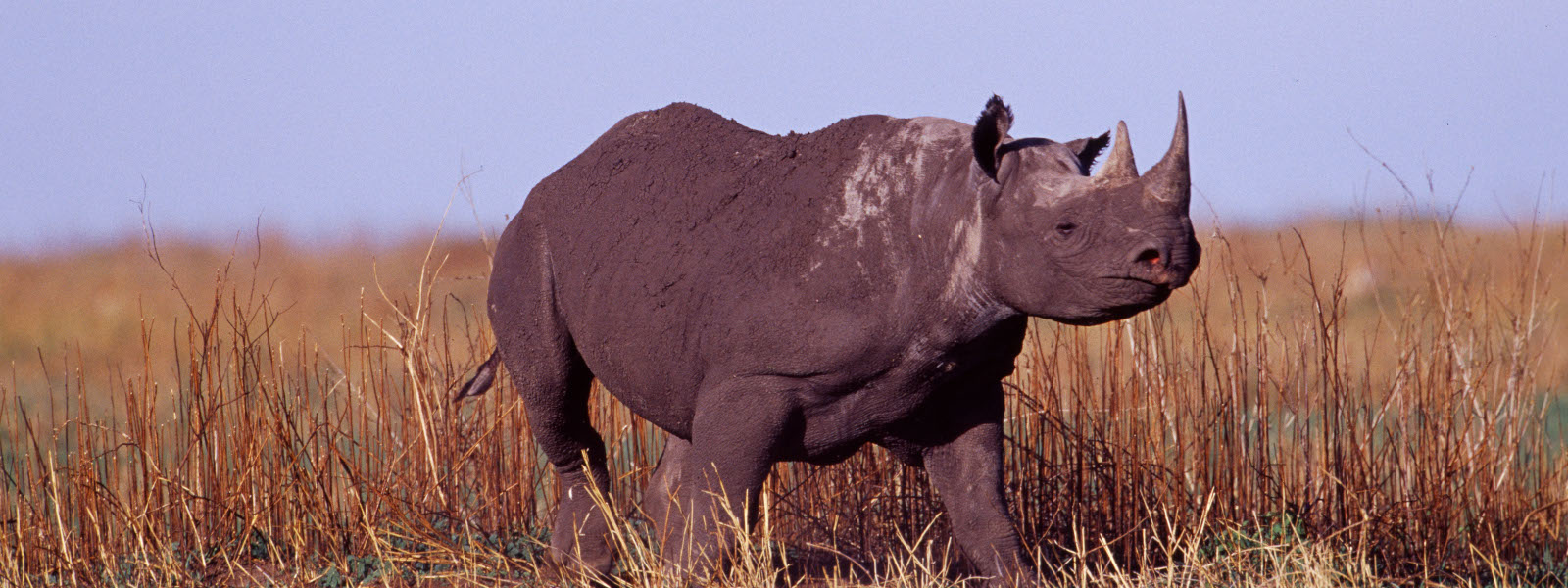+255 782 483351 Office at Moshono, Arusha
Email us info@aasafari.com

The Pare and Usambara mountains, which soar over the park's limits, provide a stunning backdrop. Mount Kilimanjaro can also be viewed from the park depending on the weather. The pare and usambara mountains create a dramatic background to the south, and Mkomazi shares a border with Kenya's enormous Tsavo National Park to the north, providing common territory for migratory herds of elephant, oryx, and zebra during the rainy season. It forms one of the world's largest and most important protected habitats, along with Tsavo.
Mkomazi gets its name from the Pare language, which means "Mko and Mazi." "Mko" refers to a traditional Pare wooden spoon used for eating, while "Mazi" refers to water. This means that the Park's water supply is insufficient to fill the wooden spoon. It has a total size of 3,245 square kilometers.
Mkomazi's climate is often dry and mild to hot. October to April are the hottest months, while May to September are the coldest. There are two wet seasons in the area: long rains from March to May and short rains from November to December. The average annual rainfall in the lowlands is 570 mm, whereas in the highlands it is 1,910 mm.
The Park is accessible by both road and air.
Road: Moshi is 120 kilometers away from the park. On a graveled road, the distance to the nearest entry gate is 6 kilometers. Njiro, Kivingo, and Umba gates are also easily accessible by special arrangement.
Chartered flights to Kisima airfield in the park's heart, near the rhino sanctuary, are available.
Mkomazi's creatures are typical of the dry environment. Elephants, buffalo, and a variety of predators such as lions, leopards, and cheetah cohabit the park alongside giraffes, oryx, generuk, hartebeest, lesser kudu, eland, impala, and grants gazelle.

 We accept online payments
We accept online payments